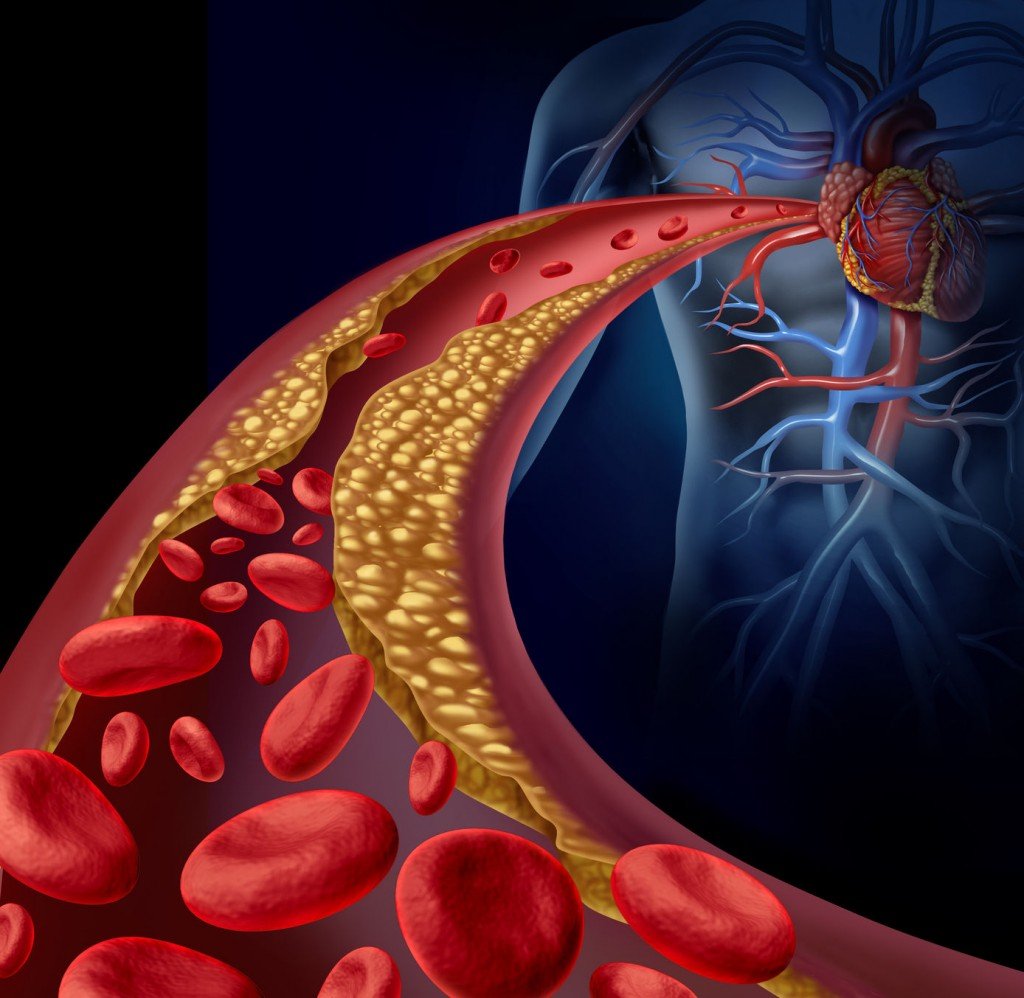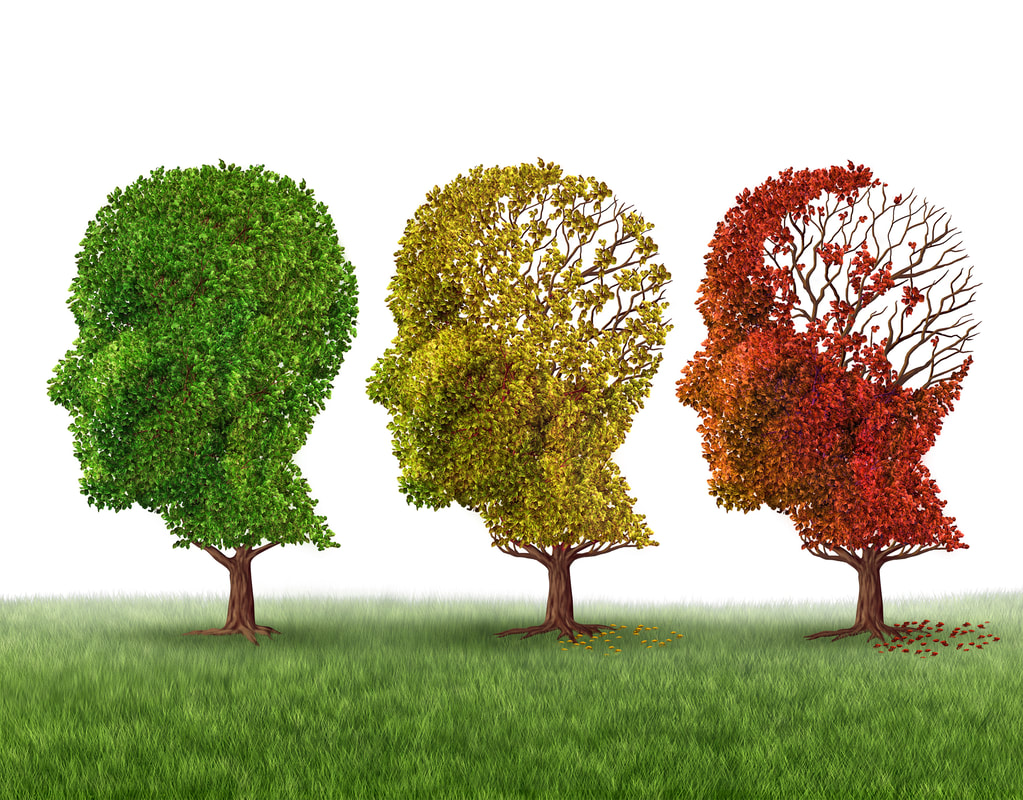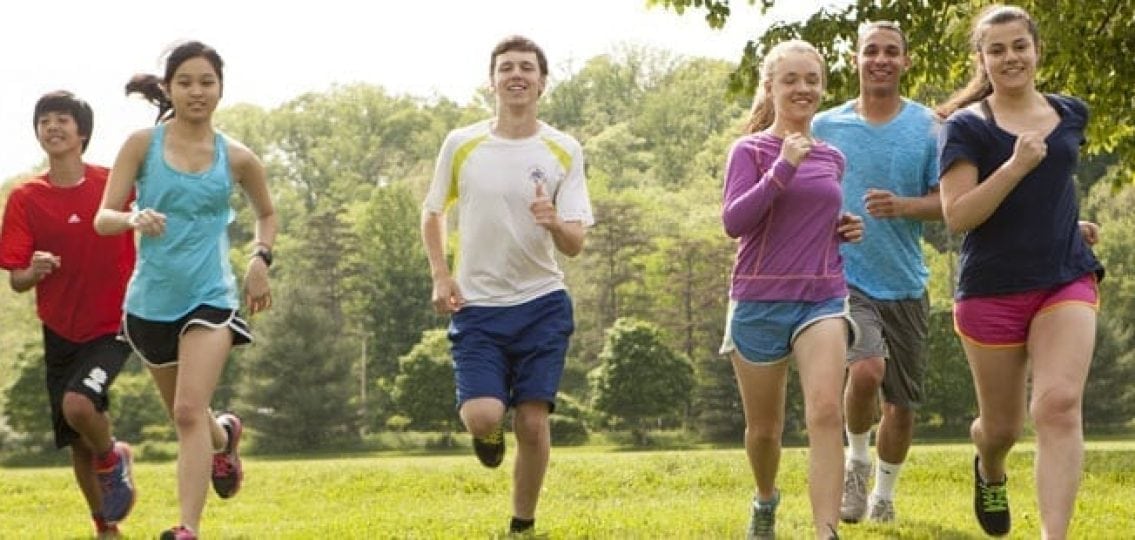 It’s no secret that exercise has significant benefits on your cardiovascular system and circulation. It has the ability to strengthen your heart muscle, lower your resting heart rate and prevent the build-up of plaques in your arteries, potentially causing a heart attack or stroke. What is the Cardiovascular and circulatory system? Our Cardiovascular system is made up of;
When we eat food, the breakdown of molecules through oxygen into energy occurs and is called cellular respiration. This process allows all movement in the body to occur. Our cardiovascular system transports the oxygen in our blood, through the body to enable this process. It also assists in removing waste like toxins and carbon dioxide that are a by-product of cellular respiration, to be transported out of the body. When our cardiovascular and circulatory system are healthy, they can perform these tasks with ease but when they have been neglected for extended periods of time, they have a reduced capacity to complete these tasks. Our exercise capacity and tolerance also suffer as a result, as we are not able to transport oxygenated blood to our working muscles as efficiently. Why inactivity has an impact? A neglected cardiovascular and circulatory system can often lead to the arteries becoming blocked or constricted. This is usually caused by the build-up of plaques, which are referred to as atherosclerosis. When this build-up begins to harden, the arteries are narrowed and it causes a spike in blood pressure and a reduction in circulation. This decreased the system’s ability to transport oxygen around the body and to remove unwanted waste and toxins. When this narrowing becomes so severe that blood is unable to reach the heart muscles, a condition called coronary heart disease can develop. How can exercise help? The good news is regular moderate intensity exercise can improve circulation. A study by the Harvard School of Public Health reported that 150 minutes of moderate cardiovascular based exercise, provides significant benefits to the cardiovascular system. This includes reducing the build-up of plaque in the arteries, allowing the heart to pump blood freely throughout the circulatory system. As we exercise more frequently our heart muscle becomes stronger meaning it does not have to work as hard to pump blood around the body. This ultimately lowers our resting heart rate and decreases our risk of having a heart attack or stroke. By, Aleisha Michael Accredited Exercise Physiologist
0 Comments
 What is Dementia? Dementia is not one specific disease but rather the term used to describe a collection of symptoms that are the result of disorders affecting the brain. It impacts thinking, behaviour and the ability to complete daily tasks. It generally affects older populations and is most common in those over the age of 65, but people in their 40’s and 50’s can also develop dementia symptoms. Some of the early signs of Dementia can initially be very slight and not easily recognisable. Some common symptoms can include;
Types of Dementia There are many forms of Dementia and they each present differently and have their own respective causes, below are some of the more common types;
How can exercise help prevent Dementia? Several studies have researched the effect of aerobic exercise that increases heart rate, on improving thinking, memory and decreasing the rate of dementia in later-life. They found that engaging in regular physical activity decreases the risk of developing Dementia by 30% and for Alzheimer’s disease specifically it reduces it by 45%! One study in particular that tracked over 2,000 males for 35 years, focused on five key behaviours (regular exercise, not smoking, moderate alcohol intake, healthy body weight and healthy diet) and their effect on reducing the risk of dementia. Of these behaviours, exercise was found to have the greatest effect in decreasing Dementia risk, but participants who followed 4 or 5 of the above behaviours had a 60% decreased risk of Dementia. Exercise is beneficial in preventing or slowing the rate of decline in those with Dementia. Physical activity promotes good blood flow, particularly to the brain which then encourages new brain cell growth and survival. It also stimulates nerve cell growth and decreases cardiovascular risk factors along with reducing co-morbidity development such as Type 2 Diabetes, Obesity and high blood pressure which are all risk factors of Dementia. What type of exercise is best? So, what type of exercise should we be doing to prevent Dementia symptoms? There are three types of exercise that we should be focusing on;
Exercise benefits for people with Dementia It is encouraged for exercise to be continued for as long as is safe and feasible for those living with Dementia. There are a number of benefits for those engaging in regular physical activity, including;
If you would like to learn more about Dementia or the benefits associated with exercise, head to the Dementia Australia Website at www.dementia.org.au By Aleisha Michael Accredited Exercise Physiologist  What is strength training and why would we want to start a strength training program? Strength is the ability to produce force, or very plainly the ability to lift, push, pull a resistive force. Strength training is recommended and is important for everyone from endurance runners, professional footballers and netballers to help improve performance, to improving the health of an individual with diabetes or osteoporosis. It helps us to improve our muscle mass, improve bone strength along with other biochemical measures such as our blood glucose levels. Everyone should include strength training as part of their regular exercise program. How do I start strength training, what equipment do I need? Beginners can commence a strength training program without any equipment at all, using only body weight to undertake a range of different exercises for most major muscle groups. Alternatively a home strength training program could use resistance bands (priced under $10) dumbbells, barbells and kettlebells which are equipment that you can pick up quite cheaply from department stores or sports stores. Or if you have a gym membership, there are numerous resistance machines, cable machines and other options to take advantage of. Top 5 tips for getting started? 1. Warm up - it is important to warm up our body and muscles prior to lifting weights. Ensure you start with a light cardiovascular workout of walking, bike, rower etc for a good 10 minutes to increase blood flow to the muscles and prime them for your workout. 2. Start with a lighter weight than you can manage well. Commence with a weight that you can lift 10-15 times, for 2-3 sets. Ensure you have good technique with this weight before adjusting the weight or volume of repetitions and sets. 3. Ensure you are loading your muscles enough to get the desired effect. Once you are familiar with your program, and you have been checked for good form, you need to ensure that you are stressing your muscles enough to get the increase in size and strength that you are aiming for. If you are performing an exercise and aiming for 3 sets of 8 repetitions, by the 6th repetition of the last set, your muscle should be feeling fatigued enough that you can only just complete the last 2 repetitions with good form. If the last couple of repetitions are not challenging, then the weight is too easy and should be increased. 4. Ensure you rest between sets. When exercising the same muscle group with the same exercise for a number of sets, you need to provide adequate rest between sets, usually around 60-120 seconds. 5. Take rest days - When you strength train, you are causing microscopic damage to the tissue that will be repaired—this is how muscle builds. However, we need to allow our body time to repair and rebuild stronger, so always allow at least 1 rest day between training muscle groups. If you would like to strength train every day, you can rotate between upper and lower body muscle groups on alternate days. And finally, undertake a final stretch of the muscles that you have used in your workout, as part of your cooldown routine. Lisa Parkinson Accredited Exercise Physiologist.  Is your teenager active enough? In a time of technology, social media and now social isolation, are your teenagers getting enough exercise to keep them healthy now and in the future? Are Australian teenagers meeting the physical activity guidelines? Unfortunately, the answer is no. 80% of teenagers around the world are not meeting the exercise recommendations for their age. Australia is ranked 140 out of 146 counties surveyed for teenage exercise levels, so we are literally dropping the ball when it comes to being active enough. Are there differences between boys and girls when it comes to activity levels? There is a trend that girls are less active than boys. The data shows that 85% of girls are physically inactive compared to 78% of boys. This is consistent in all but four countries around the world. In Australia, less than 1 in 10 adolescents aged 12 to 18 are meeting the recommended levels of physical activity. What are the health risks for teenagers when they are not active enough? There are a number of health concerns for teenagers now and in the future. The short term effects of inactivity on teenagers is their body shape with 30% of kids aged 14-17 being classified as overweight or obese. Secondly, the risk of depression and mental health issues increase with increased sitting time and screen time. In addition to these we are also seeing increasing numbers of children being diagnosed with type 2 diabetes, which is a chronic condition that usually presents later in life from a poor lifestyle. Long term effects of inactivity in adolescence may be effects on bone and cardiometabolic health which increases their risk of chronic diseases later on in life including type 2 diabetes, heart disease, high cholesterol and others. How much exercise is recommended for teenagers? The Australian physical activity guidelines recommend that children between the ages of 5 and 17
What can parents do to increase our teenagers physical activity levels? As parents and caregivers we need to be positive role models in our children’s lives. If we encourage and undertake exercise with our children from an early age it instills a positive relationship and enjoyment of activity from that young age. Choosing family activities that are active such as walking, bike riding, organised sport, hiking, water skiing etc, also assist in encouraging activity and positive social relationships. And just like us, we need to find something that kids enjoy doing, because if we don’t enjoy undertaking an activity, we are not going to stick with it, it doesn’t matter who you are! Lisa Parkinson Accredited Exercise Physiologist |
AuthorSLisa Parkinson Archives
July 2024
Categories
All
|

 RSS Feed
RSS Feed